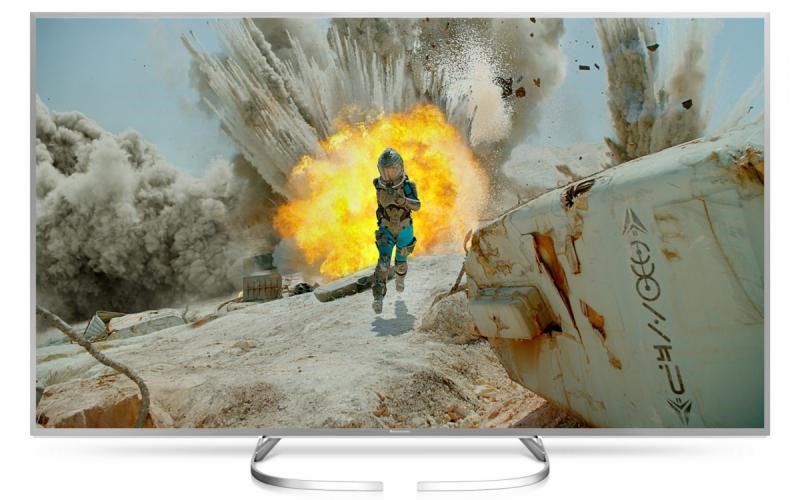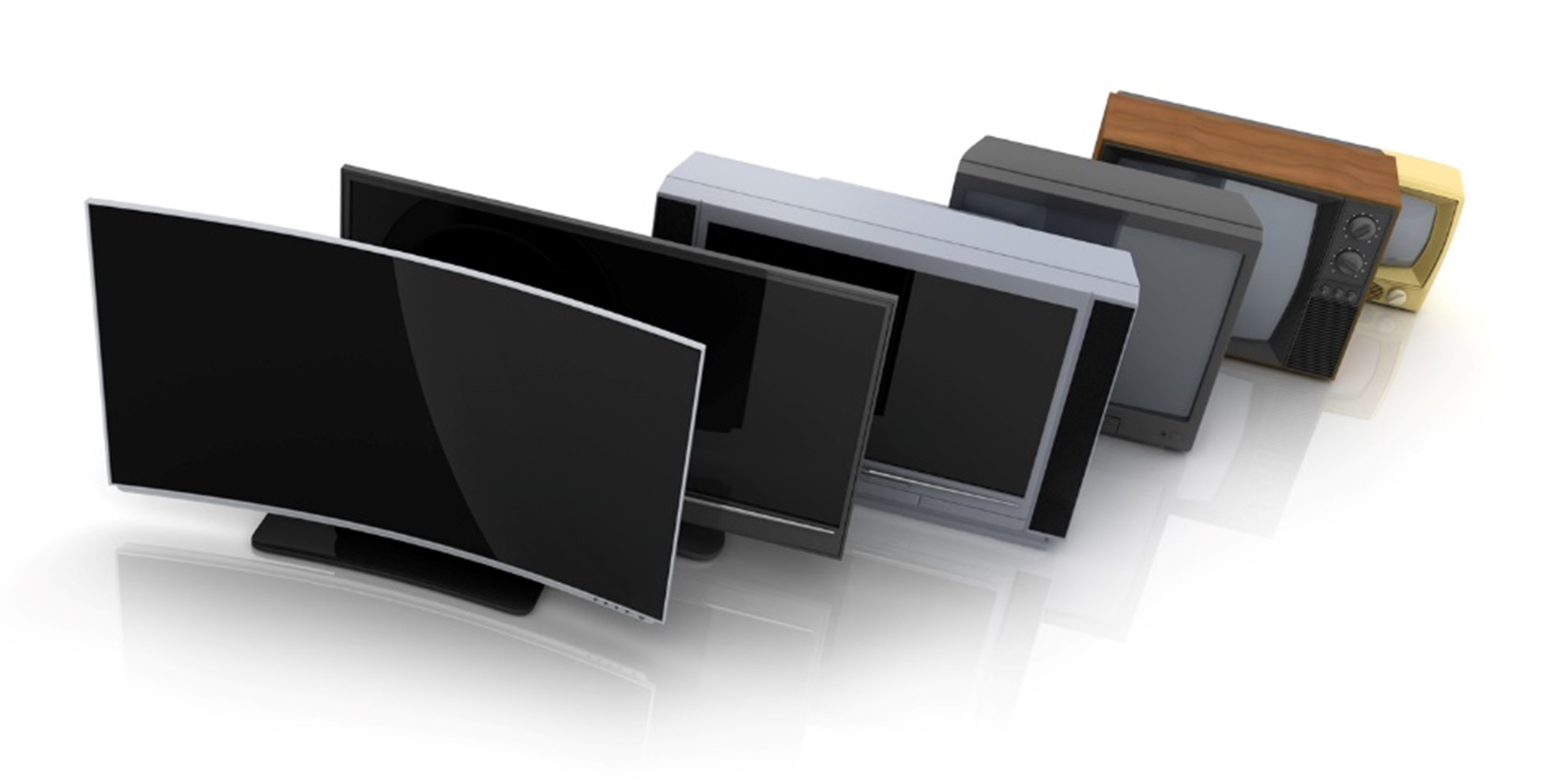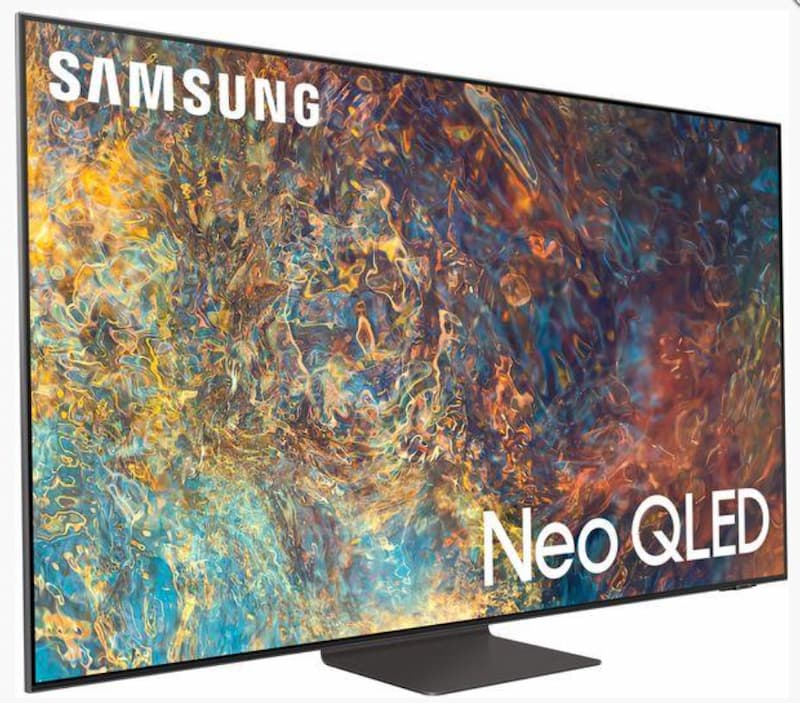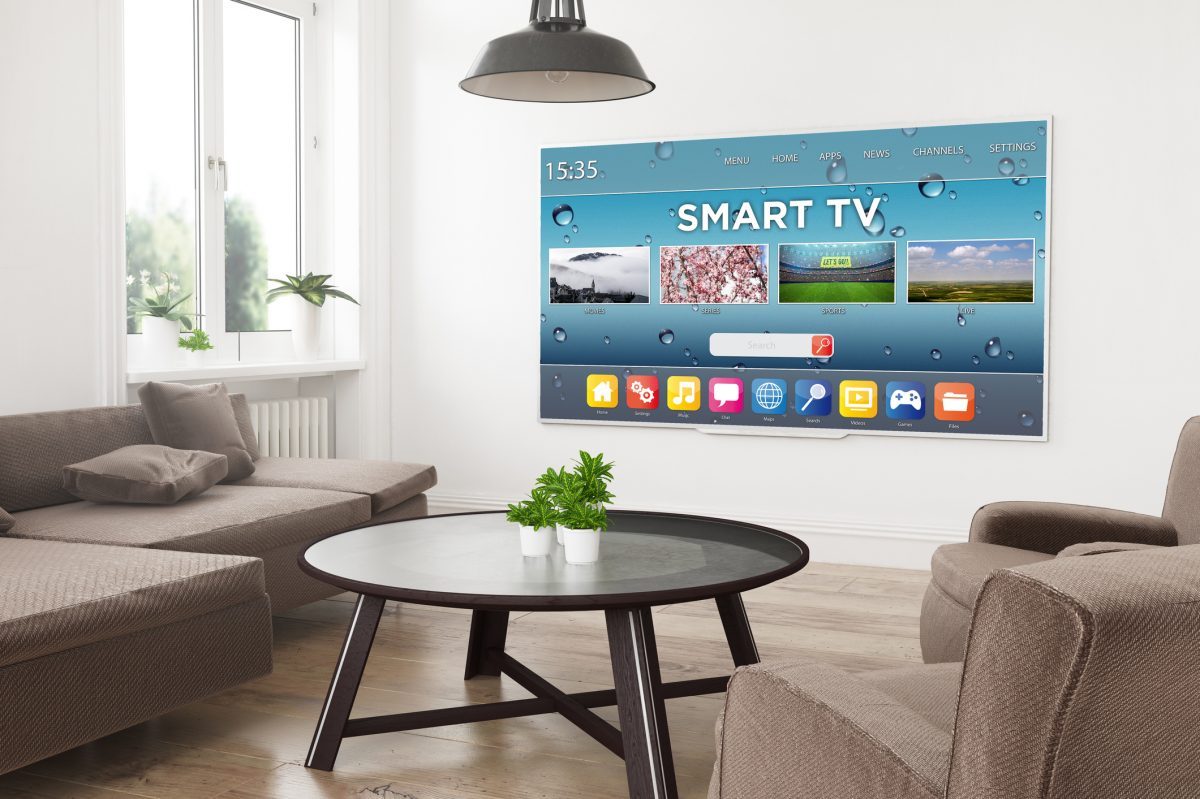We all recognise that OLED and QLED TVs are the future of screen technology. These screens are gorgeous, rich with colours and contrast, but they are also at the higher end of the market, so you’ll want to be sure that you make the right decision between a new cheap OLED TV or a QLED screen.
In this article, you’ll learn why OLED and QLED technology is the future of television and how this technology works.
The Science of OLED Technology
OLED, meaning Organic LED, is a new technology in production by LG. The organic factor of OLED refers to the organic materials that emit light when an electric current is passed through them. QLEDs rely on metallic compounds that emit light when illuminated, but OLEDs are carbon-based structures that require electricity to function.
The organic light-emitting layer is kept between a cathode and an anode. The cathode charges the carbon structure while the anode removes the charge, thus creating a stable electric current. OLEDs are very sensitive to oxygen, so it is important that they are kept in a vacuum environment, but this isn’t a new concept for light-emitting technology – common lightbulbs are also in vacuum! This is because the material that emits light burns very hot when a current is passed through it and is susceptible to burning when oxygen is present.
OLED technology has multiple applications; it’s flexible so it’s perfect for touch screens and it’s paved the way for LG’s stunning rollable TV.
The Science of QLED Technology
QLED televisions are an upgrade on your standard LED TV. The Q in QLED stands for Quantum dot, the revolutionary technology that has made this TV possible. Developed by TV giant Samsung, QLED technology offers greater image quality for television by adding a filter of these quantum dots over the backlight.
If you consider your basic television structure as a series of layers, then we can help you to understand how a QLED television works. First, you have the backlight layer – this layer contains the light source for your television and is made from circuit boards and powerful LEDs. Next, you have a quantum dot filter – this is a filter coated in tiny metallic quantum dots. Then, there are the pixel filters which separate the light from the LEDs into different colours to create the image on your TV. Finally, there are layers of glass onto which the image is projected.
To understand why adding this new quantum dot filter is so revolutionary, you need to understand how quantum dots work.
A quantum dot can enhance illumination of colour in a particular range, depending on the size of the dot. These dots are semi-conductive, metallic nanoparticles which produce coloured light when illuminated. Quantum dots of around 350 nm in size emit violet light, and at the other end of the spectrum at around 700 nm, the dots emit red light.
Quantum dot filters in television don’t enhance every colour on the spectrum, however. QLED TVs focus on enhancing shades of red and green with their quantum dot filters because the LEDs that are used in the backlight layer are actually blue-light LEDs, covered in yellow phosphor to simulate white light.
These blue-light LEDs, as you might expect, produce a much wider range of colours in blue than in green and red. This means that many LED televisions have been struggling to create realistic reds when compared to their ability with blue, but Samsung have solved this issue with their innovation, ushering forward a new age of brilliant television with the potential for balanced and brighter colour schemes.
You can watch a production of quantum dots in this video:
Other TV Enhancements
OLED and QLED aren’t the only ways to achieve a better experience on your television. As well as upgrading your screen technology, you should consider the effect that a 4K resolution will have on your viewing experience. Any one of our cheap 4K TVs can drastically improve your viewing experience by offering you sharper images at closer viewing distances.
Where Can I Buy an OLED or QLED TV?
We stock cheap Samsung TVs and cheap LG TVs. Our stock is rotational so, if you check back to our store regularly, you may find some OLED and QLED TVs to choose from. Most OLED and QLED TVs also have 4K resolution and smart features so you can be sure that your next TV will be at the cutting edge of TV technology.









